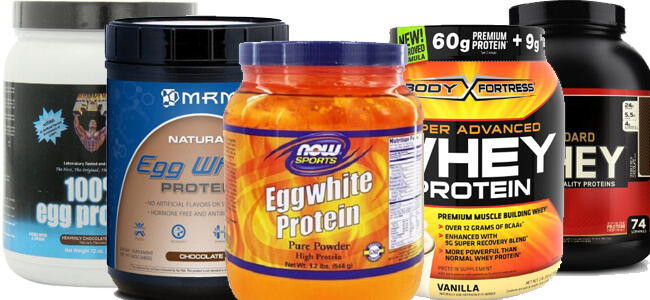Intervals over, race finished, epic ride complete, or evening hammer fest with your buddies; your legs are screaming. They are broken down and need fuel to return them to their normal state. A quick and convenient way to get that fuel quickly to your muscles are recovery shakes.
Training and Muscle Damage
Heavy training will cause muscle damage. It is imperative to repair that muscle damage, in the form of microscopic tears in the muscle, so you can come back stronger from training. Those microscopic tears is the muscle soreness that you feel after a hard ride. Without proper recovery, training will be for naught.
Why Recovery Shakes?
Recovery shakes deliver the protein and carbohydrates quickly that muscles crave. Protein diluted in a solution is more easily absorbed by the body than solid food that the body needs to fully digest. There is a finite window to replenish the muscles’ protein and glycogen supply to start rebuilding and recovering after a ride or race. It is easy to keep recovery shakes on hand in the form of mix, whether it is at home or on the road so you can always be on top of your recovery regimen.
An added bonus of recovery shakes is if you choose the right ingredients it will taste almost like a milkshake. It will feel like a treat after all the hard work on the bike, but what you are really doing is treating your body right by providing proper nutrition.
The Magic Ratio
Many recovery shakes are not targeted to cyclists. They have a lower carbohydrate to protein ratio, usually around two to one. These products target muscle focused exercise without much of an aerobic element. Their goal is to build muscle as quickly as possible.
Cycling demands a higher ratio of carbohydrates to protein, typically a four to one ratio. The reason is that all of the aerobic and anaerobic work depletes the body’s supply of glycogen, the main fuel for forming ATP, which fires the muscles. A gym workout lifting weights will not have nearly the same impact on glycogen levels as a four hour ride. Recovery shakes contain protein to repair muscle cells damaged from the ride. The body breaks the protein down into amino acids, which it then allocates as needed to rebuild proteins for cell repair.
Types of Protein
There are many different protein-based recovery shakes available. Not only are they different brands, but they have different protein in them that have different properties. Some recovery shakes may have more than one form of protein in them as well.
Whey Isolate
Whey isolate is derived from milk. Twenty percent of the protein in milk is from whey. Isolate has little to no fat or lactose. This has a higher concentration of protein than whey concentrate.
Whey Concentrate
Whey concentrate has a bit of lactose and fat, although not much. It is also derived from milk. This is the most common form of protein you will find in a recovery shake.
Casein or Milk Protein
These terms are interchangeable. Eighty percent of the protein in milk is casein. The body absorbs it more slowly than whey proteins, over the course of hours. It has a higher glutamine content than other proteins, which supports the immune system.
Egg White Protein
Egg white protein is not all that common anymore. It was once believed that eggs were the perfect recovery protein, but that is no longer true with better technology to extract protein from other foods.
Plant Based Proteins
There are many plant based proteins – soy, hemp, pea, rice, etc. There is protein in everything; as long as someone can extract it cost-effectively and it is nutritionally beneficial, it exists somewhere. Plant based proteins are a must for vegans. They are also helpful for those that are lactose intolerant or those with allergies.
Common Recovery Shakes for Cycling
Most companies that make cycling-specific recovery shakes make it with with the right ratio of carbohydrates to protein. Clif, Gu, Vega, Hammer, Endurox and many other have some form of recovery shake tailored to the needs of a cyclist’s recovery. Try out a few to see which one agrees with your palate , stomach, and muscles.
Make the Most of Your Training
To make the most of your training, it is necessary to get the best recovery possible. Doing the right thing in this situation can also be very easy – grab a recovery shake after a ride and let your body take over with the important fuel needed for optimal recovery.
